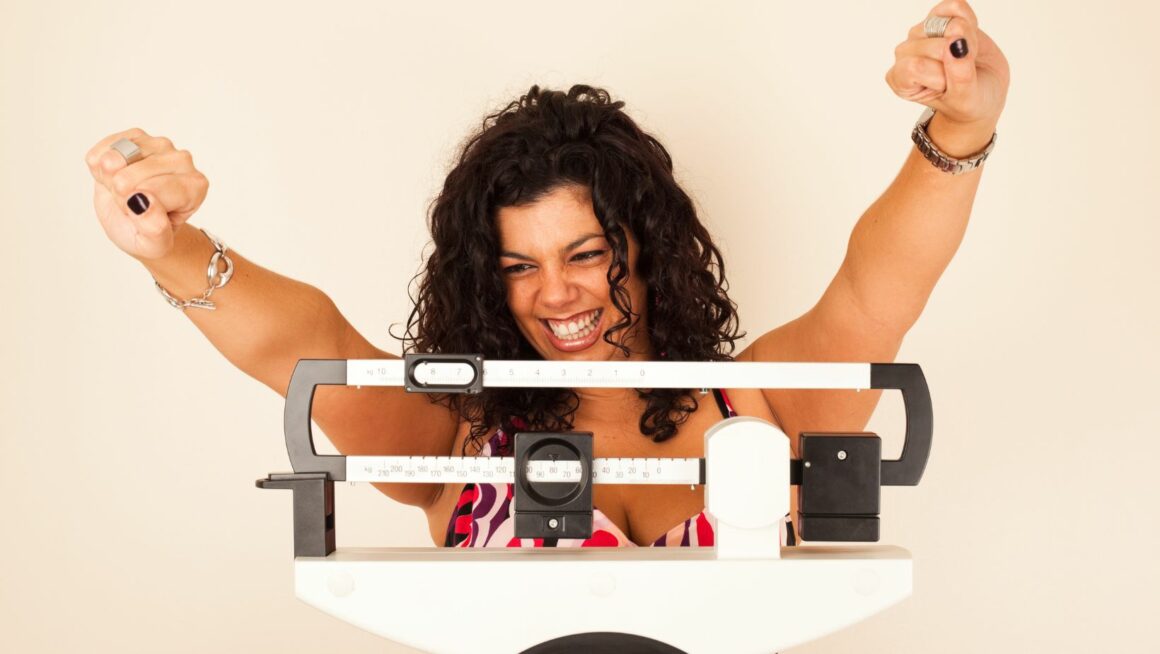In today’s tech-savvy world, shedding those extra pounds doesn’t have to be a tedious task. With the rise of innovative weight loss tech gadgets, it’s now easier than ever to track your progress and stay motivated. These gadgets aren’t just about losing weight, they’re about embracing a healthier lifestyle.
From smart scales that measure body fat to fitness trackers that monitor your heart rate and sleep patterns, these devices are revolutionizing the way we approach weight loss. They offer a unique blend of convenience and accuracy, making it a breeze to stay on top of your fitness goals. Stick around as I share some of the most impressive weight loss tech gadgets that are making waves in the fitness industry.
 In the past decade, health technology has seen a steep upward trajectory. Digital advancements are accelerating at an unprecedented pace, significantly impacting the way people monitor and manage their health. Studies suggest that 60% of adults use some form of health tech device. This number indicates a clear inclination towards tech-enhanced health practices.
In the past decade, health technology has seen a steep upward trajectory. Digital advancements are accelerating at an unprecedented pace, significantly impacting the way people monitor and manage their health. Studies suggest that 60% of adults use some form of health tech device. This number indicates a clear inclination towards tech-enhanced health practices.
A key player in this health tech revolution? Weight loss gadgets. These digital helpers come in all shapes and sizes, from wearable technology like heart rate monitors, to smart scales, to habit tracking apps. A study published in the Journal of Medical Internet Research noted that using technology aids in weight loss intervention by approximately 1.46 kg.
Weight Loss Tech Gadgets
Weight loss tech gadgets incorporate a mix of sensors, algorithms, and data to craft personalized fitness solutions. Each gadget offers distinct features, but they all have a common goal of making weight loss simpler, more effective, and interactive.
- Fitness Trackers: These wearable devices measure your daily activities, including calories burnt, steps taken, and sleep duration. For instance, the Fitbit Charge 4 tracks heart rate, sleep, and even swimming.
- Smart Scales: These scales measure more than just your weight. Most smart scales, like the Withings Body+, also provide data about your muscle mass, body fat percentage, and even bone density.
- Digital Nutrition Apps: Such apps help you monitor and regulate your food intake. Through a food diary and calorie counter, nutrition apps like LoseIt and MyFitnessPal encourage healthy eating habits.
Weight loss tech gadgets act as digital fitness partners, seamlessly incorporating health tracking into our lives. While each gadget differs in its features and functionalities, their core objective remains consistent: assisting you in reaching your weight loss goals. By offering real-time data and personalized feedback, these devices fuel motivation and promote healthier lifestyle choices.
The Impact of Weight Loss Tech Gadgets on Health and Fitness
Weight loss tech gadgets reinforce the stride towards a healthy lifestyle, supporting physical activity promotion and tracking nutritional intake.
How They Promote Physical Activity
Weight loss tech gadgets are instrumental facilitators of physical activity. Devices like fitness trackers offer built-in reminders that nudge individuals towards regular movement. For instance, activity trackers come equipped with sedentary alerts that remind users to stand, move, or engage in a brisk walk after a specific period of inactivity.
In addition to nudging, these gadgets provide workout tracking. By recording workout data such as duration, intensity, and form, they play an active role in monitoring progress. Examples include trackers like FitBit and Garmin, which record steps, distance covered, stairs climbed, and even sleep quality.
quality.
Moreover, they make workout planning stress-free. With tailored workout programs, these gadgets cater to users’ individual fitness levels and goals – whether that’s muscle gain, cardio improvement, or weight loss. A noticeable illustration is the app Seven, offering seven-minute workout regimens based on individual user goals.
Their Role in Tracking Nutritional Intake
Weight loss tech gadgets also play a pivotal role in tracking nutritional intake. Using integrated apps, they record daily calorie intake, breakdown of macronutrients, and hydration levels. A remarkable instance of this is the MyFitnessPal app, which has a large food database that allows users to log meals with considerable accuracy.
Many of these tools also allow barcode scanning for packaged foods—thus, simplifying the process of logging meals. Zero, for instance, assists in tracking fasting windows for those on intermittent fasting regimes.
On top, the tech gadgets provide crucial insights into eating patterns’ effects, facilitating informed decisions about diet. By aligning the intake data with physical activity information, the relationship between nutrition and fitness becomes clear, fueling smarter choices and healthier lifestyles. Therefore, the impact of weight loss tech gadgets extends well beyond mere usage, fostering a health-centric perspective towards habit formulation and change.

